Book of Mormon Lands Tour (13 days/12 nights) / Guatemala, Honduras and Mexico (Aug 1st to Aug. 13th, 2020)
$2,395.00
In Stock
A Beautiful Book of Mormon Lands Tour / Guatemala, Honduras, Belize & Mexico (13 days/12 nights)
Day 1 – Sat.. Aug 1st GUATEMALA CITY / LDS TEMPLE
PM We arrive at the Guatemala City airport and transfer by shuttle to our hotel for check-in, dinner with a brief orientation and overnight stay in Guatemala City.
Day 2 – Sun. Aug 2nd LDS CHURCH MEETING / NATIONAL ARCHAEOLOGICAL MUSEUM
AM After breakfast we will visit a local Sacrament Meeting with the Saints in Guatemala where we will enjoy the music and spoken word in the beautiful Spanish language and in the spirit of harmony that characterize meetings led by the Holy Spirit (Moroni 6:9).
PM In the afternoon we will visit the National Archaeological and Ethnology Museum to learn about the interesting history and culture of the Maya people who have lived in the lands today known as Guatemala. We will appreciate the wide variety of Mayan artifacts collected from around the country dating from the PreClassic Maya (1500 BC – 250 AD), Classic Maya (250 AD – 900 AD) and PostClassic Maya (900 AD – 1524 AD) periods. We will return to our hotel for dinner and overnight stay.
Day 3 –Mon. Aug 3rd RELIEF MAP / KAMINALJUYU (CITY OF NEPHI)
AM After breakfast we will visit the Guatemala Relief Map which is a large outdoor relief map of the country to gain a better understanding of the rugged, mountainous topology of the areas we will be traveling and to gain a greater understanding of proposed geographical models of the lands of the Book of Mormon in Mesoamerica (Alma 22:27).
 PM We will transfer to the ancient archaeological site of Kaminaljuyu proposed as a possible candidate for the City of Nephi. Kaminaljuyu was inhabited over a long 2000 year period during the Pre-classic Maya and Classic Maya periods. Interestingly, archaeological excavations at the site uncovered evidence of significant changes in the religious and civic practices of the city at different phases of its existence. For example, during the 1st Century AD, monuments and temples were no longer erected in honor and worship of their kings, and handmade clay female figurines were no longer crafted signaling the abandonment of the practice of the fertility cult. Also, trade artifacts found at the site during this phase show new trade routes were opened with peoples to the north and northwest of the site and, in fact, at the same time there were mass migrations from the city towards the north into areas where no previous relations had existed. We will visit the Acropolis, one of the few temple complexes preserved at the site and discuss the reasons for temple rites ancient and modern and our responsibility to build temples today to perform sacred ordinances for the salvation and exaltation of the living and the dead (2 Nephi 5:16, Malachi 3:1, 4:5-6, D&C 128:11-13, 24 D&C 138:46-49). Afterward we will return to our hotel for dinner and again overnight in Guatemala City.
PM We will transfer to the ancient archaeological site of Kaminaljuyu proposed as a possible candidate for the City of Nephi. Kaminaljuyu was inhabited over a long 2000 year period during the Pre-classic Maya and Classic Maya periods. Interestingly, archaeological excavations at the site uncovered evidence of significant changes in the religious and civic practices of the city at different phases of its existence. For example, during the 1st Century AD, monuments and temples were no longer erected in honor and worship of their kings, and handmade clay female figurines were no longer crafted signaling the abandonment of the practice of the fertility cult. Also, trade artifacts found at the site during this phase show new trade routes were opened with peoples to the north and northwest of the site and, in fact, at the same time there were mass migrations from the city towards the north into areas where no previous relations had existed. We will visit the Acropolis, one of the few temple complexes preserved at the site and discuss the reasons for temple rites ancient and modern and our responsibility to build temples today to perform sacred ordinances for the salvation and exaltation of the living and the dead (2 Nephi 5:16, Malachi 3:1, 4:5-6, D&C 128:11-13, 24 D&C 138:46-49). Afterward we will return to our hotel for dinner and again overnight in Guatemala City.
Day 4 –Tues. Aug 4th CHAYAL MINE (WEAPONS OF WAR) / COPAN RUINS, HONDURAS
AM Today we check-out of our hotel and transfer to Copan, in western Honduras. We will stop briefly along the highway, approximately 20 km northeast of Kaminaljuyu at El Chayal (“obsidian” in the Kakchikel Maya language), which is the most important obsidian mine in the Mayan world. Over many years’ vast quantities of black obsidian were mined at El Chayal and later formed into arrow and spear points, axe and knife blades, and related cutting devices and tools. Some LDS scholars propose that El Chayal is Onidah, the place of arms mentioned as a gathering place for the Lamanite armies (Alma 47:5). We will continue our descent out of the highlands to the Motagua River at the base of the Sierra de las Minas mountain range proposed as part of the Narrow Strip of Wilderness continue our journey across the border into Honduras.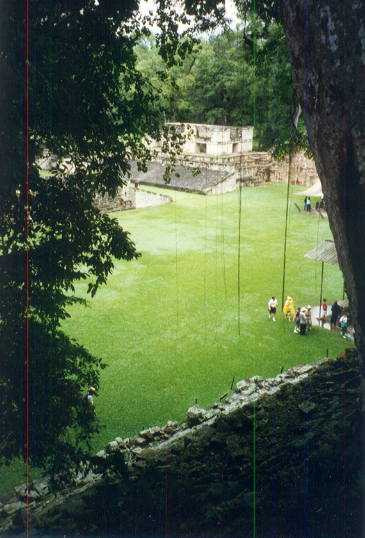
PM We will visit the breathtaking Ruins of Copan, a classic Maya city on the Copan River known for its remarkably well preserved monumental epigraphy. We will visit the ceremonial center of pyramids, temples, palaces, and residences and review the history of the city recorded on its many monuments and stelae. At the famous Hieroglyphic Stairway with its lengthy dynastic inscriptions we will point out the six pointed symbol of two interlocking, inverted triangles remarkably similar to the Star of David. We will also visit a ceremonial plaza used to mark important dates on the Haab and sacred Tzolk’in Mesoamerican calendars and a restored Mayan ball court where opposing teams representing the dual forces of light and darkness often played a high stakes game of death. Copan rose to prominence during the Classic Maya period, after the close of the Book of Mormon, in large part due to its tributary control of the trade routes on the Motagua river, although its early history shows Olmec influence, the earliest known civilization of Mesoamerica, thought by many Book of Mormon scholars to be the Jaredite civilization (Ether). Afterward we will transfer to our hotel for check-in, dinner and overnight.
Day 5 – Wed. Aug 5th QUIRIGUA (ZARAHEMLA) / RIO DULCE, GUATEMALA
AM Today we check out of our hotel and travel back across the border to visit Quirigua a Classic Maya city on the Motagua River also known for its remarkably well preserved, large scale stelae and zoomorphic monuments. Quirigua holds the largest monolith of the Maya Classic period; Stelae E at Quirigua stands 35 feet tall and weighs approximately 65 tons that depicts K’ak’ Tiliw Chan Yopaat (Fire Burning Sky Lightning God), the 8th Century king who commissioned most of the existing monoliths of the ceremonial site. The Times and Seasons Vol. III published at Nauvoo in Oct. 1842 referenced passages of the John Lloyd Stevens’ important work Incidents of Travel in Central America, Chiapas and Yucatan and suggested that Quirigua was the City of Zarahemla because of its proximity to a prominent river (Alma 6:7) and detailed stone inscriptions (Omni 1:20-21). Of course, we know from archaeological excavations today that the site was occupied principally from the 5th Century AD to the 9th Century AD after the close of the Book of Mormon but the extravagant, larger than life stelae at the site remind us that power and pride precede destruction (2 Nephi 26:10-11). We will discuss pride and its universal effects.
PM We will transfer to Flores, Guatemala for check-in and overnight at our hotel.
Day 6 – Thurs. Aug 6th TIKAL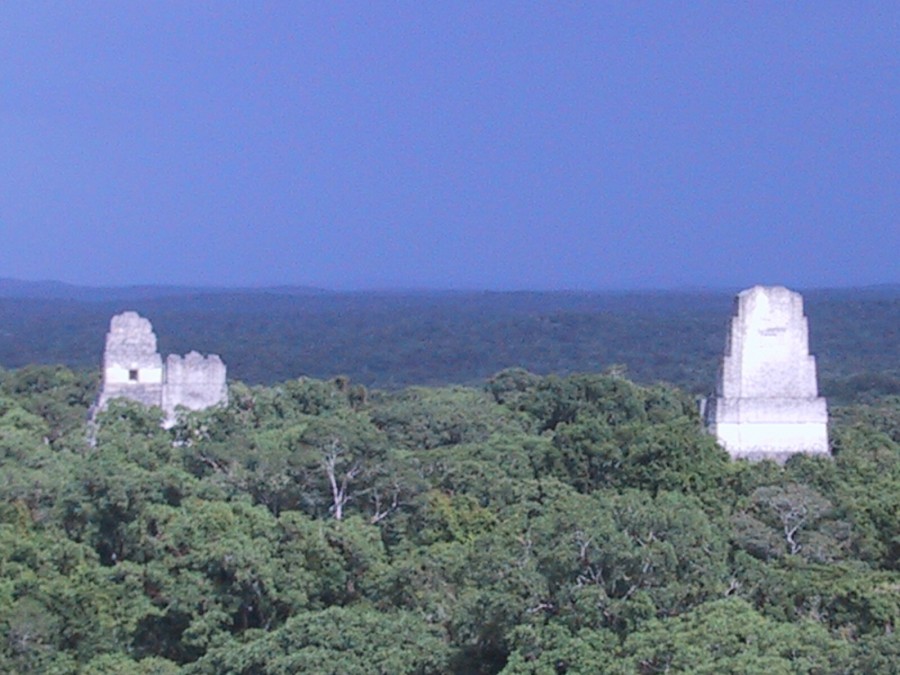
AM After breakfast and check out we transfer to the impressive city of Tikal in the heartland of the lowland Maya. Tikal represents the Mayan civilization at its greatest heights – being among the most famous, extensive, and breathtaking of all ancient Mayan architecture.
PM We will visit the North Acropolis and several pyramid complexes including the twin mortuary pyramids of Temple I and II, and also the Lost World complex, the Central Acropolis, and Temples III, IV, and V. At Temple IV, built by Yik’in Chan K’awiil (K’awiil God Who Darkens the Sky), we will discuss the architectural alignments of the temples within the ceremonial complex of Tikal from which Mayan day keepers anciently kept sacred dates on their agricultural calendar which embedded the farming cycles for maize. Archaeologists now know that Tikal has an extensive network of natural swamps and man made trenches that surrounded the site. In the Book of Mormon we learn that Captain Moroni successfully constructed a network of timber palisades and towers atop large scale earthworks and ditches to defend the perimeter cities and fortifications of the Nephites from attack by his enemies (Alma 50 and 53). After our tour we will overnight at our hotel inside the park.
Day 7 – Fri. Aug 7th YAXHA (BLUE GREEN WATER)
AM Today we check out of our hotel and transfer to Yaxha, a beautiful Mayan city built on the shore of Lake Yaxha under the influence of Tikal. On site we will visit the Maler and West Groups and the South, East and Northeast acropolises. The plazas and monuments of the city were connected by a series of viaducts or sacbeob in Maya. We will also describe and discuss the significance of the celestial serpent found inside the chambers of many temples which was associated with the worship of the feathered serpent throughout the Mayan world. The source of this important Creator God whose motif is found at many ceremonial sites across Mesoamerica is considered by Book of Mormon scholars to be Jehovah or Jesus Christ the Creator, Healer and Savior of all those who receive Him (Num. 21:8-9, John 3:14-15). We will tie together the importance of our relationship with Jesus Christ and the constant need to keep our eyes focused on Him as our fixed point of reference eternally (Alma 33:19-22)
PM Afterward we will cross the Belizean border and transfer to San Ignacio where we will have dinner and overnight.
Day 8 – Sat. Aug 8th CARACOL
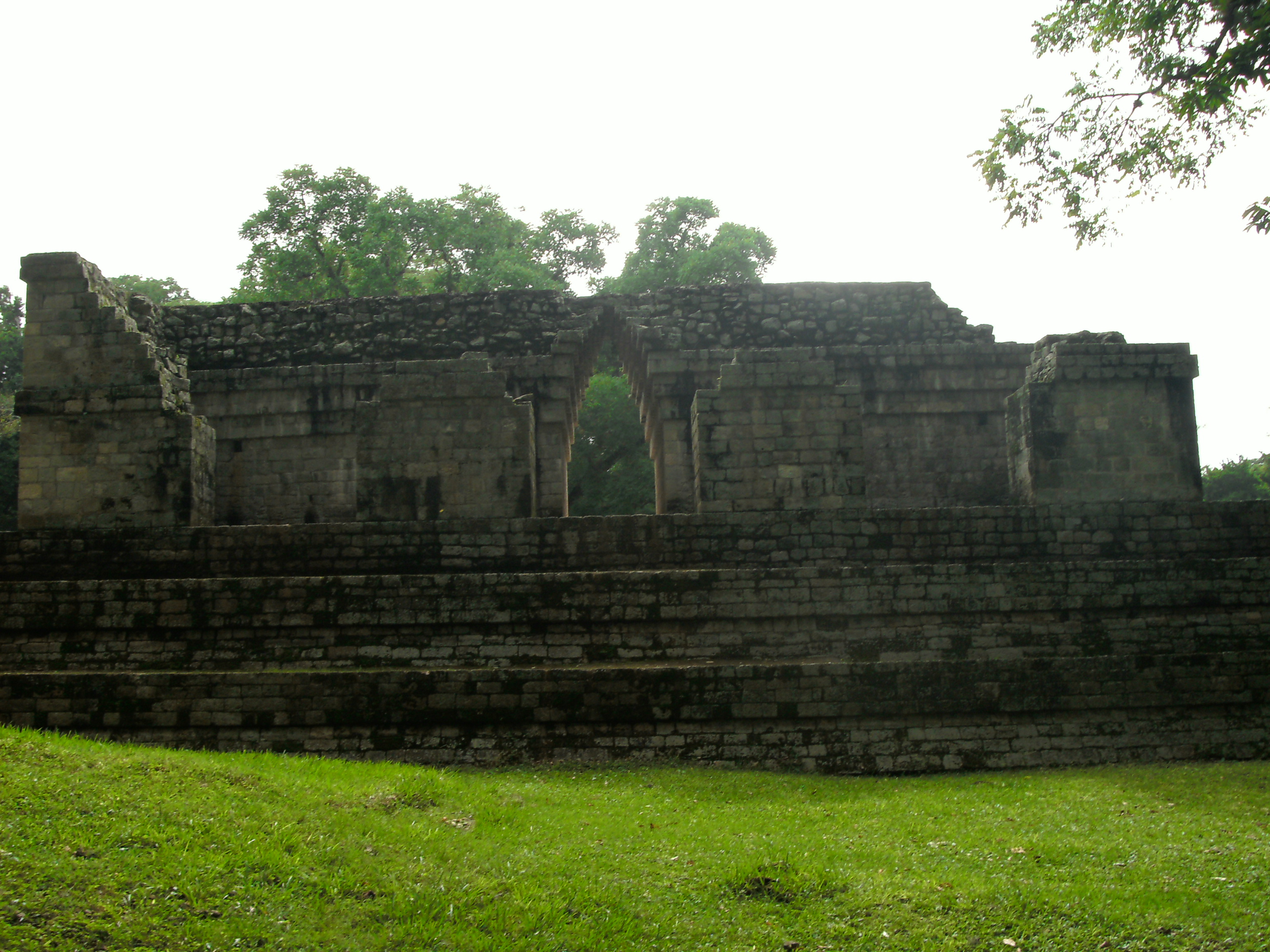 AM Today we will transfer to Caracol, an extensive Mayan city originally considered a vassal city state of Tikal but later allied with Calakmul’s kings to lead enduring, large scale star wars campaigns against Tikal during both the middle (6th and 7th centuries AD) and late (8th and 9th centuries AD) Classic Maya periods. At the site we will visit the A and B Plazas including the Caana (“sky-palace”), the largest building at Caracol, as well as the Northeast acropolis and several residential groups. The Maya felt that the sun traveled around the coils of serpentine or reptilian god Itzamna, an upper level creator god of the Maya. The rebirth of Mayan kings and priests was often depicted by them emerging from the mouth of Itzamna showing their power over death and the underworld Xibalba. We will discuss the source of the ‘chains of hell’ (2 Nephi 2:28-29, Alma 5:7-10, D&C 138:23).
AM Today we will transfer to Caracol, an extensive Mayan city originally considered a vassal city state of Tikal but later allied with Calakmul’s kings to lead enduring, large scale star wars campaigns against Tikal during both the middle (6th and 7th centuries AD) and late (8th and 9th centuries AD) Classic Maya periods. At the site we will visit the A and B Plazas including the Caana (“sky-palace”), the largest building at Caracol, as well as the Northeast acropolis and several residential groups. The Maya felt that the sun traveled around the coils of serpentine or reptilian god Itzamna, an upper level creator god of the Maya. The rebirth of Mayan kings and priests was often depicted by them emerging from the mouth of Itzamna showing their power over death and the underworld Xibalba. We will discuss the source of the ‘chains of hell’ (2 Nephi 2:28-29, Alma 5:7-10, D&C 138:23).
PM After a brief visit to the museum, we will return by vehicle to our hotel for dinner and overnight stay.
Day 9 – Sun. Aug 9th CEIBAL (ZARAHEMLA)
AM After breakfast we will visit a local Sacrament Meeting with the Saints in Belize where we will worship in the native English language in the spirit of love and harmony. Afterwards, we will check out of our hotel and transfer back across the border into Guatemala and travel to Sayaxche on the Passion River and take a boat upriver to Ceibal, proposed by the Passion River Book of Mormon model to be Zarahemla, the capital city of the Nephites. Interestingly, the site collapsed in the early 4th century AD at the time of the Nephite battles of attrition as they retreated northward. The 100 meter climb from the river to the bluff will entail some walking but we can pause for short rests along the way. Once atop the bluff we will visit groups A, C and D. Ceibal is named after the Ceiba tree, the national tree of Guatemala. The Maya depicted the Ceiba tree as their sacred world tree or tree of life. We will discuss the meaning of this tree as it relates to their understanding of the physical and spiritual worlds. We will relate the world tree to Lehi and Nephi’s dreams (1 Nephi 8:10 and 11:7) to gain a better understanding of what the tree of life represents.
PM Afterward we will return by boat to Sayaxche and check into our hotel for dinner and overnight stay.
Day 10 – Mon. Aug 10th USUMACINTA RIVER (RIVER SIDON) / YAXCHILAN (TREE OF LIFE)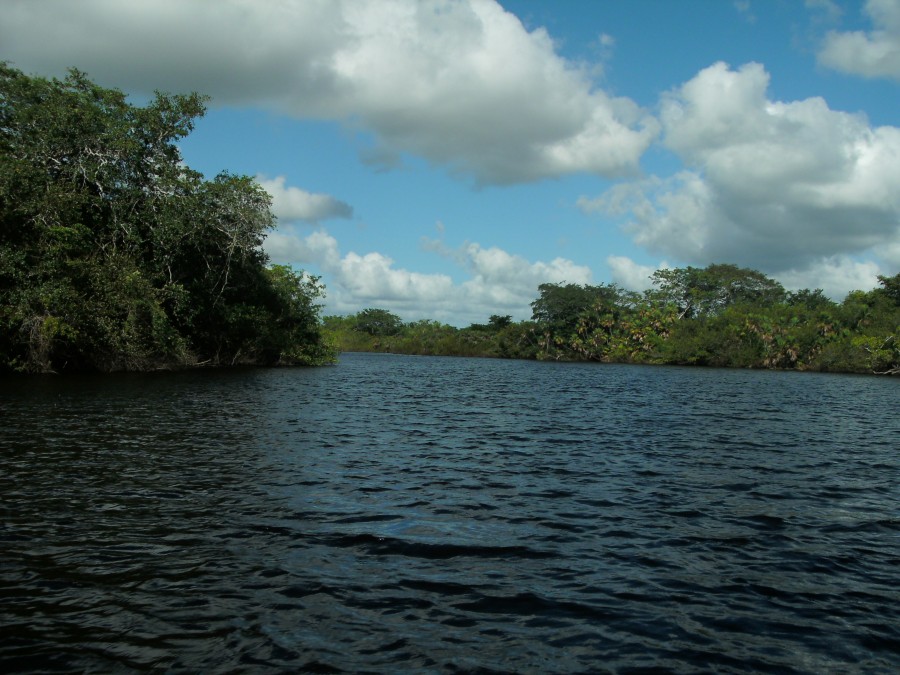
AM Today we will transfer to Cooperative Bethel on the Usumacinta River, considered by several scholars of the Book of Mormon to be the River Sidon. We will boat down this river to the archaeological site of Yaxchilan, located on the west side of a horseshoe bend of the river. Yaxchilan is known for its narrow terraces and enclosures, stone facade reliefs, and detailed lintels, particularly those of the vision serpent with Lady K’ab’al Xook. Interestingly, there is also an underwater platform in the middle of the river thought to have once supported a bridge constructed across the river.
PM Afterward we will return by boat up river to Frontera Corozal to officially cross the border into Mexico and transfer by bus to Palenque for check-in to our hotel.
Day 11 – Tues. Aug 11th PALENQUE (BOUNTIFUL)
AM This morning we visit the fabled ruins of Palenque, a Classic Maya city on the northern edge of the Chiapas highlands overlooking the water logged Tabasco plain. Palenque is best known for its open palaces and temples, intricate stone inscriptions and three story observation towers. We will also visit the temples of the Sun, the Cross, the Foliated Cross, and the Inscriptions. At the later temple we can see the Mayan glyph ’u-ti-ya (ut-iy) that literally means “it came to pass”. The tomb of K’inich Janaab’ Pakal I (God Great Sun Shield I) was found at the base this temple, the carved lid of its sarcophagus has become the most famous of all Maya artwork showing his rebirth from the jaws of Xibalba, the Mayan Underworld. We will compare the Mayan concepts of immortality and rebirth of the kings to our understanding of the immortality of the spirit and the resurrection of the soul (Alma 40, 41, 42). Palenque has been proposed by several Book of Mormon scholars to be the City of Bountiful where the Savior came to His Temple to choose his disciples and teach the many believers who had gathered there anticipating his coming (3 Nephi 11 – 26)
PM Following our visit to Palenque, we will transfer to Chetumal to overnight at our hotel.
Day 12 – Wed. Aug 12th TULUM
AM This morning we check-out of our hotel and transfer up the coast of Quintana Roo to the ceremonial city of Tulum, a late Post Classic Maya city (1200 AD to 1600 AD) built on the edge of a 12 meter cliff overlooking the Caribbean Sea. Tulum dates to Post Book of Mormon times but it is interesting to note that it was conserved primarily as a religious center for Mayan priests. We will visit the El Castillo temple, the Temple of the Frescoes, and the Temple of the Descending and Diving God, associated with Kukulkan, the feathered serpent, and the Venus diety worshipped throughout Mesoamerica and considered by Book of Mormon scholars today to be Jesus Christ. Interestingly, Venus is one of the morning and evening stars, another title of Jesus Christ. We will recall the eye witness account of Christ appearance as the resurrected Lord God to his people at the temple in Bountiful after his ascension at Jerusalem (3 Nephi 11:7-11).
PM Following our visit to Tulum, we will transfer to our hotel in Playa del Carmen for check-in and our farewell dinner before saying “adios” to those who have helped to create many unforgettable memories. We will overnight at our hotel.
Day 13 – Thurs. Aug 13th HOME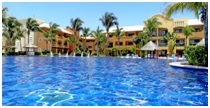
AM After breakfast we will check-out of our hotel and transfer to the Cancun airport for our flight home. Buen viaje!
This 13 day/12 night Book of Mormon geography tour package price is $2395 per person (based on double occupancy). The package includes ground and air transportation (excluding international airfare), LDS bilingual tour guide, park and museum admission fees, hotel room accommodations, breakfasts and dinners, bottled water, tips and taxes. A $250 deposit secures your space on the trip with the balance due within 60 days of beginning of tour.
For those who would like to stay extra days after the main tour, we also provide tour participants the option to extend their stay at the beautiful and relaxing Barcelo Riviera Maya Beach Resort in Playa del Carmen at a special, all-you-can-eat, inclusive price of $175/per person per day.


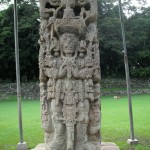
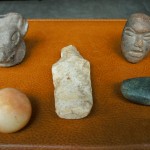

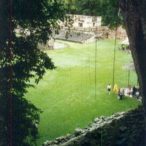
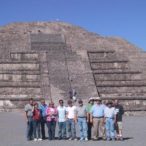
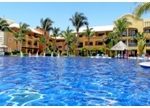
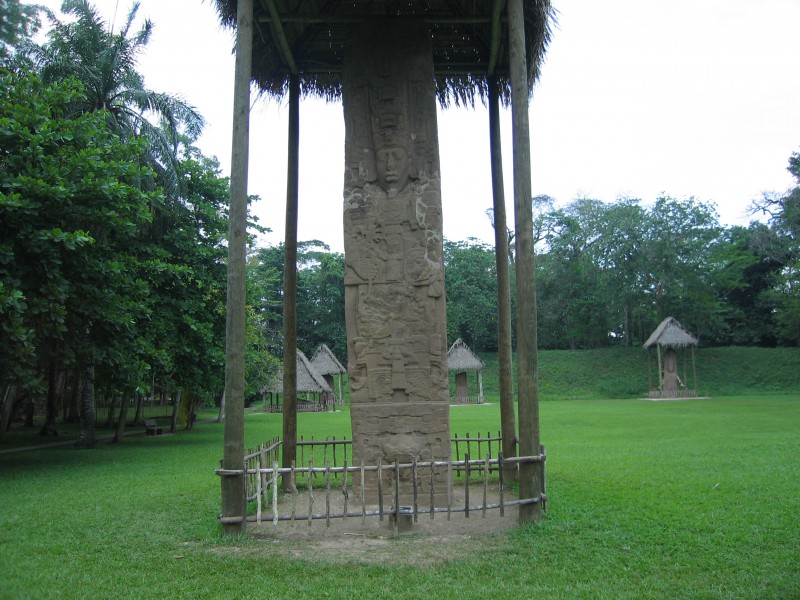
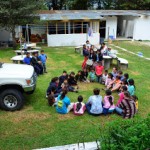 VolunTour – Orphanages (Jan. 25th to Feb. 2nd, 2020)
VolunTour – Orphanages (Jan. 25th to Feb. 2nd, 2020)
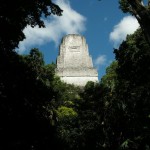 Passion River Model Tour (9 days/8 nights) / Guatemala and Belize (January 17th to 25th, 2020)
Passion River Model Tour (9 days/8 nights) / Guatemala and Belize (January 17th to 25th, 2020)